League of Legends wants to bring the thrill of tournaments to everyone with Clash
We speak to senior producer Leanne Loombe about the new mode.
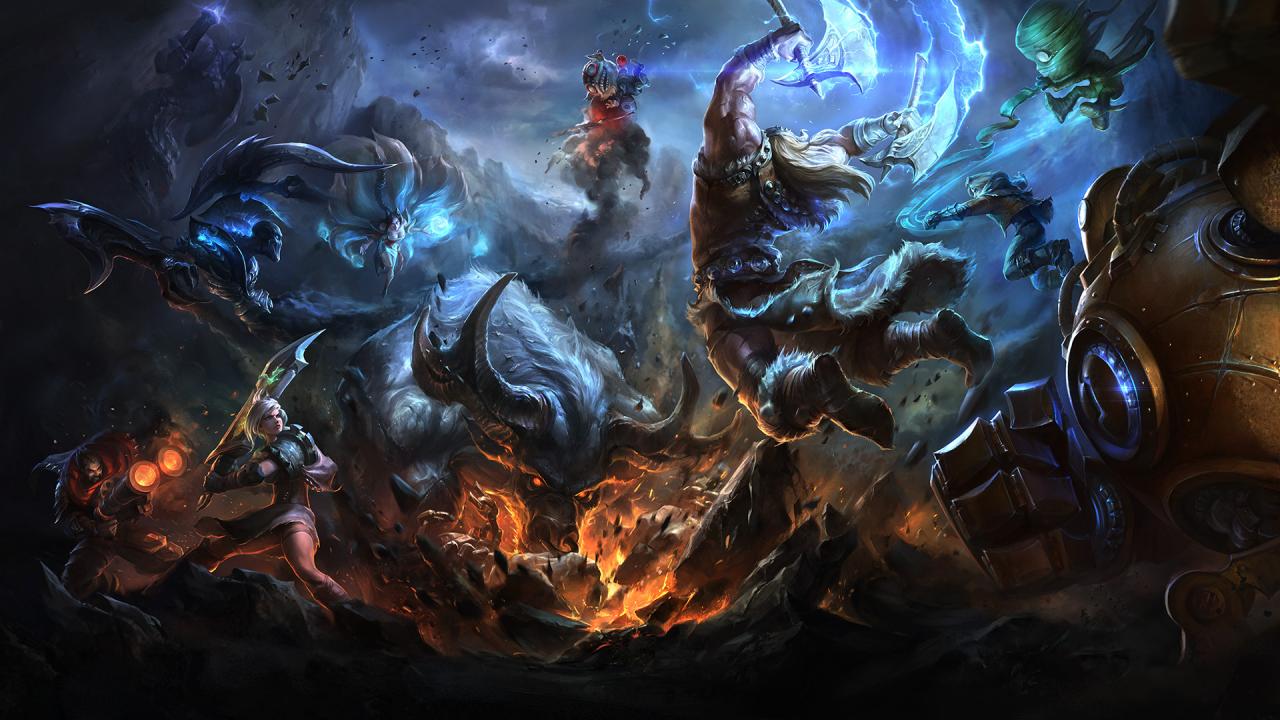
I am excited for Clash mode to finally arrive in League of Legends. It’s an esports-esque tournament which will run for three days every fortnight. But Riot isn’t using it to target hyper-competitive players hoping to jump from the amateur top tiers to the high profile professional league. Clash is for everyone and, speaking with Leanne Loombe (senior producer on the Clash team) it sounds like the closest MOBAs have come to that slightly daft-but-keen sense of competition I remember from my work softball league, or my friend’s local five-a-side weekend soccer league games.
“League is a team sport and it’s best when you play with friends and a team that you care about like you do with other sports,” says Loombe. “Right now in League of Legends there isn't really a reason to play with your team and there's not really anything encouraging you to bring your friends together and play. We're currently lacking that motivation to team up, get co-ordinated and play with your friends.”
Hence Clash mode.
Clash launches on 25 May but signups for that first tournament are underway now. Players get five days to pull together a 5-person team. Then, on the Friday of that week, there’s a 30 minute window for everyone to lock in. Once locked in, you can play in a four team single-elimination bracket. If you win that you can compete in the next day’s eight team bracket, and if you win that you get to go through to the final day’s sixteen team bracket.
You can actually play on any of the three days, but the progression is always a four team bracket on day one, then an eight team bracket on day two and so on. So if you want any chance of getting through to the sixteen team part you have to start on a Friday. If you get knocked out you can try again. All you have to do is enter a new bracket the same size as the one you were eliminated from the next day.
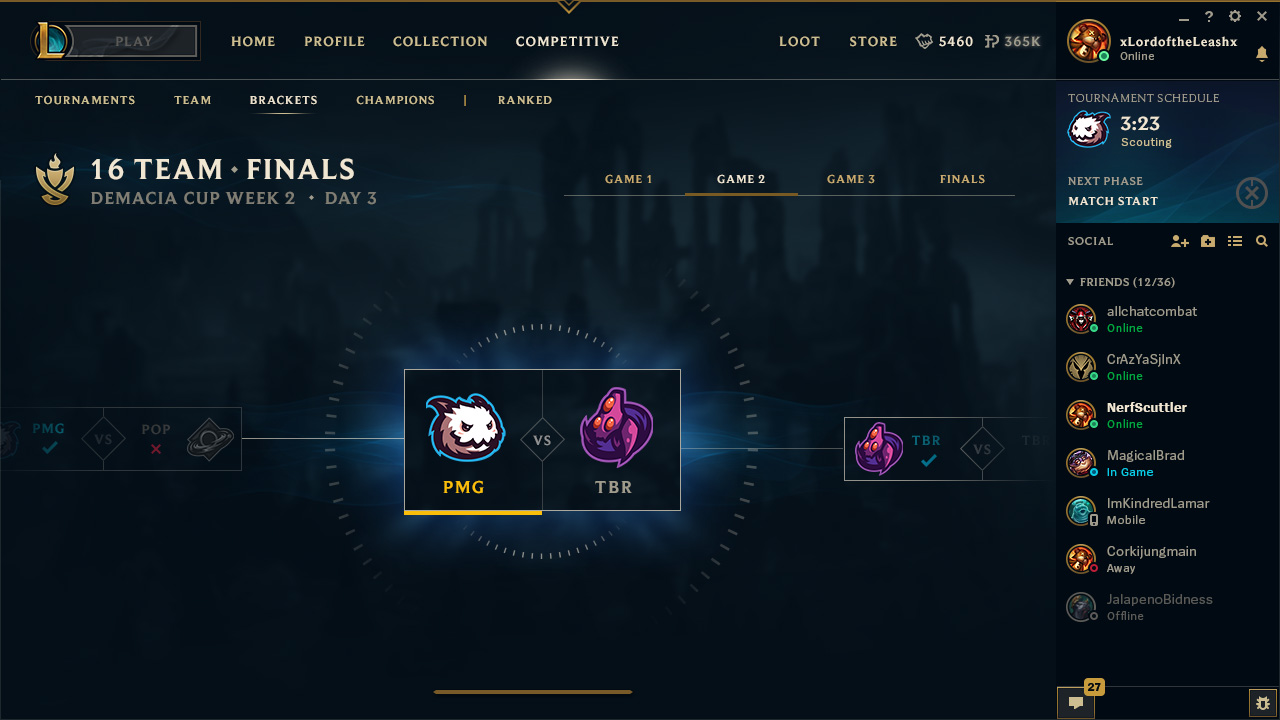
If you lose your first match, you get put into the consolation bracket so, although you’re out of the running to progress the next day, you can still pick up a bit more experience and some more prizes.
This flexibility—starting on any of the three days, having options to try again, being able to do things like win a four team bracket on Friday and then pick up your eight team bracket on Sunday—feels really important in getting the majority of the player base interested. It feels far more forgiving of real life commitments, and has ways to come back in if you fancy another go rather than being an all or nothing set up.
The biggest gaming news, reviews and hardware deals
Keep up to date with the most important stories and the best deals, as picked by the PC Gamer team.
I ask Loombe how Riot will make sure these lower-tier players—say, Bronze V—know this is a competition aimed at them as well as the 0.02% perched in the Challenger tier.
“That’s something we've talked a lot about during the development of Clash—how we're going to talk about Clash—especially when you say the word ‘tournament’ and ‘tournament experience’,” she says. The default reaction can be ‘I'm not good enough for that’. “We really want to make sure that isn't their first thought.”
That’s why the flexible system is important. The idea is that the competition can be intense and players feel like there’s something at stake, but the harder edges of tournaments are taken off—that all or nothing mentality, for example. You get to play at least two matches thanks to the consolation system, and the way the tournament works, you get to approximate some of the tournament experience you see if you tune in to Worlds or MSI.
The idea of giving a tournament-esque experience that’s suitable for all levels of skill is a formidable balancing act.
For the latter I’m thinking of the seven minute scouting phase once everyone has locked in. You get to see stats on your opponents like their most played champs and their champ mastery. That introduces a little of the strategising in team tournaments where you try to ban out particular threats or counter certain picks.
“Actually, tier IV is probably going to be our biggest tier within Clash tournaments, so our focus area is to make sure those guys feel like Clash is accessible and they can play,” confirms Loombe.
Tier IV is the lowest of the tiers in Clash. A team is assigned a tier based on a weighted average of each player’s Flex or Solo/Duo ranking. That average prioritises higher skilled players so if your team is a bit lopsided—say, four Bronzies and a Diamond—the tier system will take that into account. It’ll make the matches harder for the Bronze players in that scenario but it will hopefully also stop that Diamond player being able to drop in and annihilate the other side because of a skill disparity.
Loombe also points out that starting players in a four team bracket gives them a higher chance of winning a trophy that first day (without taking into account specific skills, it’s one in four as opposed to the next day’s one in eight). I can see that feeling like a more manageable prospect. Heck, it feels like I might be in with a chance given those odds despite my mode of choice being All Random All Mid!
Those other modes aren’t being deprioritised, by the way. The idea behind Clash is that if you want to play with a full team of friends this is the best way to have that experience. It’s a way of bringing a group together around an event. But if you like e.g. picking up a 12-3-12 KDA on Leona, ARAM isn’t going anywhere.
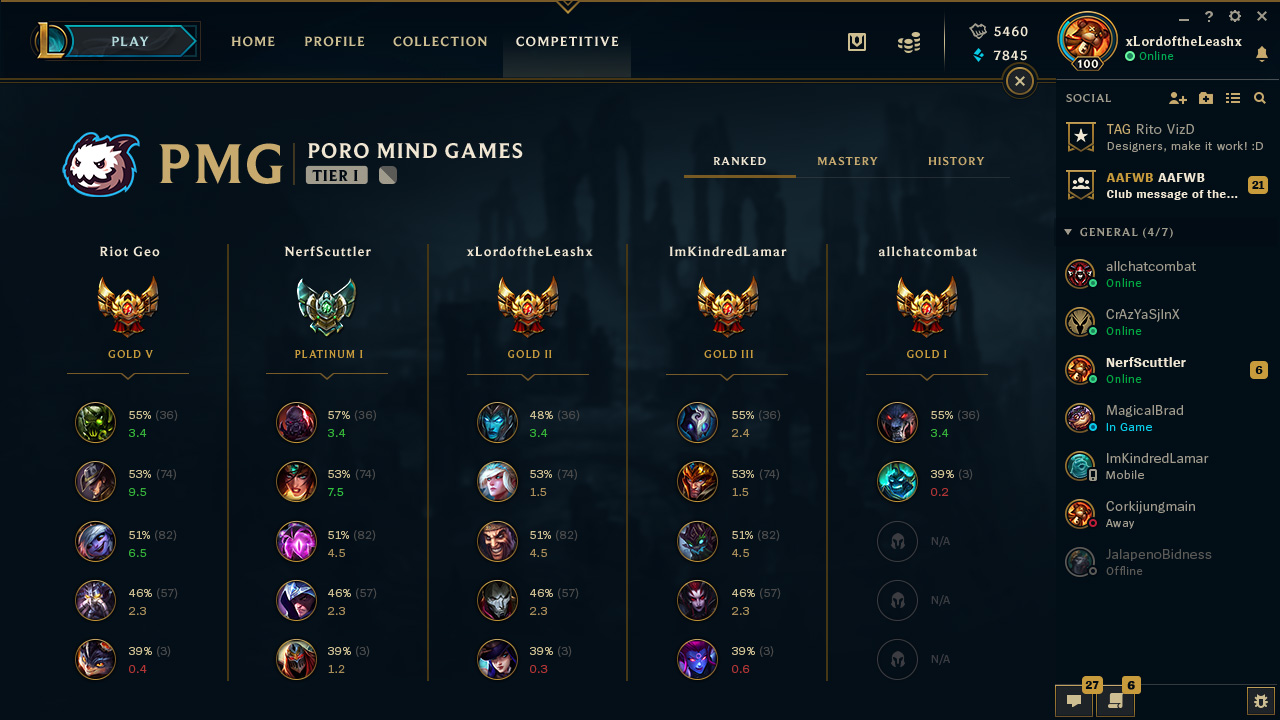
The idea of giving a tournament-esque experience that’s suitable for all levels of skill is a formidable balancing act. I’m curious to see how it plays out when Friday rolls around and people start playing their matches for real, but there are several barriers to entry which should give the opening tournament a bit of structure, especially when it comes to lower tiers.
For example, the prerequisites for creating or joining a team weed out the total neophytes—the ones who might not have a clue where the dragon lives or what a champion is. You must be at least level 30 and have completed placement matches in at least one Summoner’s Rift ranked queue.
Another caveat is that you must be at least Honor level 2. The Honor system is part of how Riot incentivises positive behaviour in the game. New players start at level 2 so this entry requirement is less about experience and more about not accruing penalties based on behaviour. If you dip below Honor level 2 it’s because you’ve been hit with punishments based around your behaviour.
Another potential step towards combating toxicity is Riot’s approach to players without real life teammates. The developer has partnered with OP.GG, a third-party which offers information and data for League of Legends players. The idea is that you can browse play.OP.GG much as you would an LFG (looking for group) site when trying to find MMO raiding partners or similar.
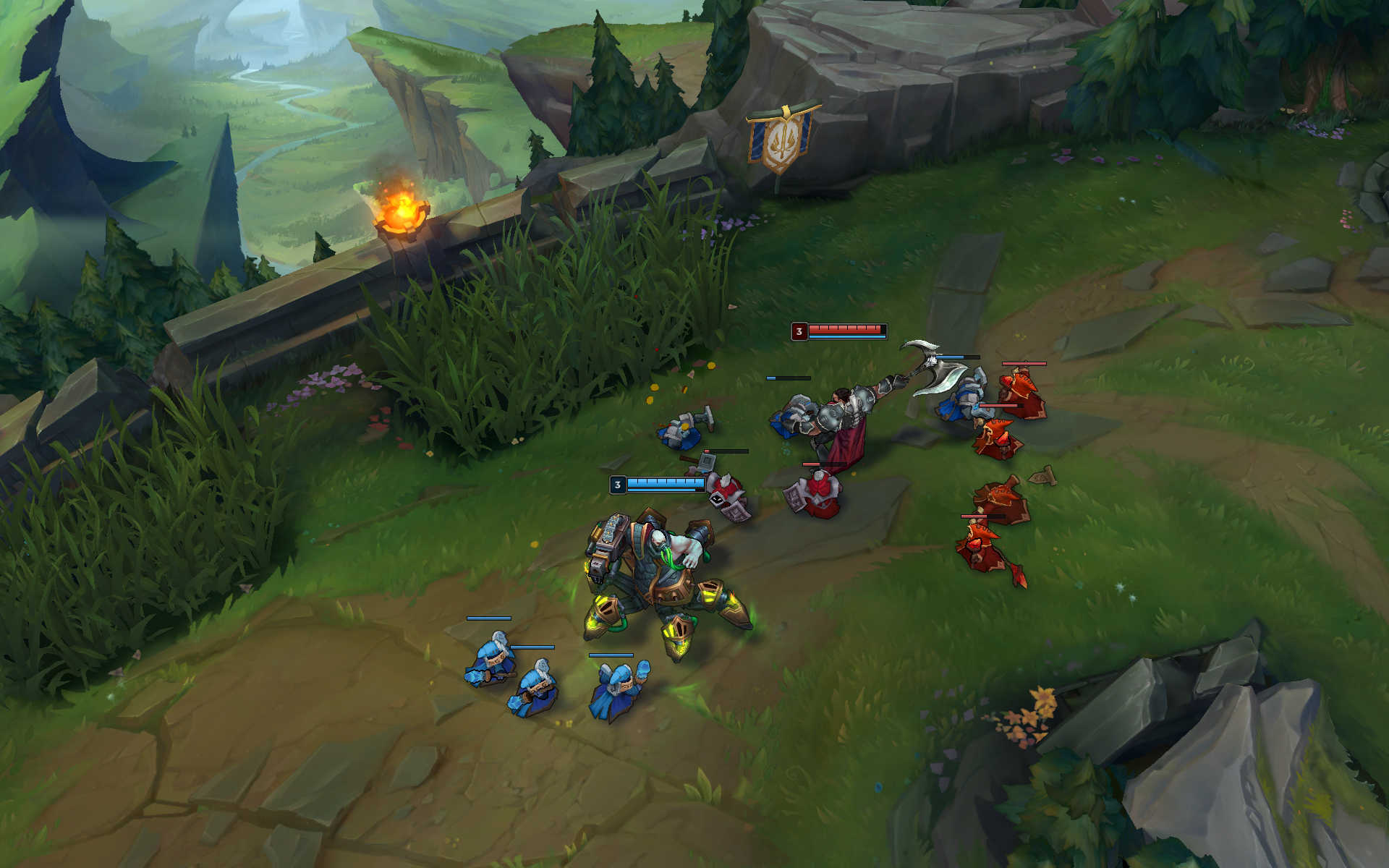
One of the ways you can sort groups is by philosophy—experimental, casual, competitive, hardcore. The theory is that you won’t then accidentally end up on a team full of hardcore WIN AT ALL COSTS players when you just want to give it a go for fun. I think I’d identify myself as experimental or casual, given the lack of a “JUST GET IN THE CLOWN CAR AND SHUT THE DOOR” option.
I will say that toxicity is not the same as saltiness, though. I’ve been in some incredibly tense voice calls during MOBA competitions, and that’s with well-behaved friends, so I’m not expecting an Honor level requirement and a philosophy match to remove all saltiness. If you invest in a competition and lose it’s likely to sting.
The last requirement for Clash is that you link your League account to a phone number. This one is to reduce smurfing. In case you’re not in the know, smurfing is when more experienced players play on a lower level account. The idea is to then head into lower-ranked games and beat up on lower-level opponents. In modes like Clash smurfing has that same basic appeal, but there’s sometimes also the temptation to use a lower level account so you can play with lower level friends without shunting them into a higher tier.
“We're taking smurfing super seriously,” says Loombe. “It's really important for Clash specifically because it's so competitive and we don't want to ruin that integrity in any way. We can't pretend we're going to remove 100% of smurfs. There's always going to be something that gets in. What we do want to do is shield clash from smurfing.”
The SMS verification system is one part of that. Most people only have one phone number, as per Riot’s research. Some might try to get around the system by using a relative’s number for a smurf account but most players will connect their most-played account to their phone number.
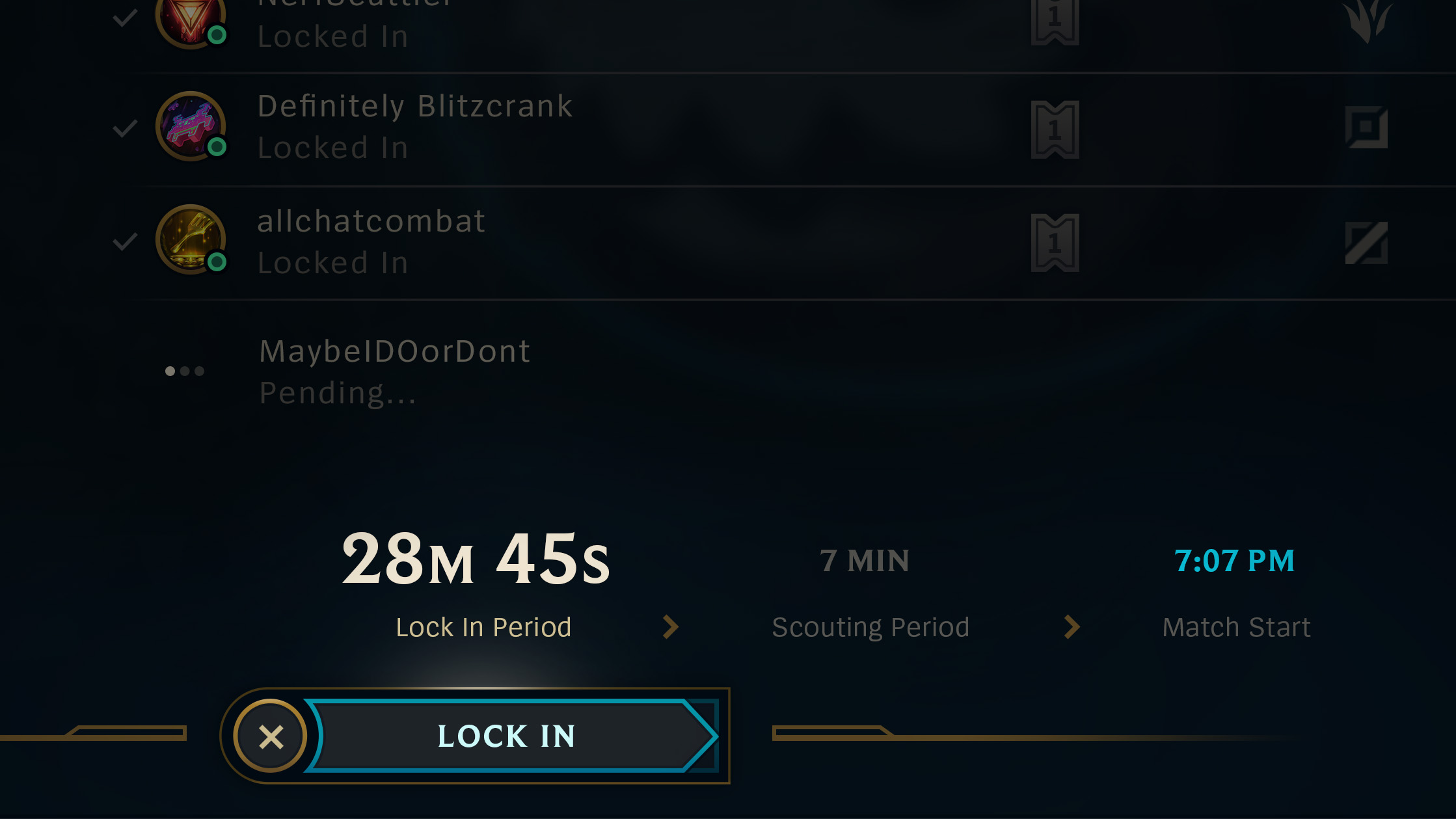
To further de-incentivise smurfing, the rewards are always better at higher tiers. Fancier trophies and so on. The idea is to help push people towards playing at the right skill level via loot. Other systems also contribute to weeding out smurfs and will be adapted and refined over time, and if you’re caught smurfing, boosting or cheating you’ll have your rewards taken away and get banned from the mode entirely.
Buying into the tournament costs a ticket so there’s also a sense of investment in terms of game resources. You can earn or buy tickets in a bunch of ways—completing missions, going through Riot’s Clash explainer site, using blue essence or purchasing with Riot Points (the game’s premium currency).
To ground it in something more concrete, Loombe tells me that the cost of a ticket is around 1,000 blue essence. She puts that at just over one level’s worth of play on a player’s account. The changes Riot made to their rune and reward systems last year also mean you might have a bunch of blue essence sloshing around in your account—I have a few thousand—looking for an outlet.
The timing of Clash’s launch is so that it coincides with the end of the Mid-Season Invitational—a top-tier esports contest featuring the best teams from each region in the world. There’s a fine line between capitalising on the interest drummed up by a pro tournament and pulling players in two different directions, though. I ask whether the biweekly schedule will pause during the massive month-spanning contest that is Worlds.
Loombe tells me that the schedule is laid out for the year and there will be a couple of breaks at points. She doesn’t specify what that schedule looks like specifically around Worlds but I’d assume Riot also want to see how the mode works in the wild rather than in smaller betas. She does say that the company wants some connection between Worlds and the mode, though.
Something I’m wondering about is what success looks like for Riot. Do they want equal participation across skill tiers, or to reach specific parts of the playerbase or… some other mysterious metric?
“Engagement within Clash is one of our core goals—having players actually participate,” says Loombe. “The other thing is having players participate in multiple tournaments.” So that’s pretty straightforward. Riot want people to play Clash and to play it more than once.
“We don't expect the tiers to be evenly populated,” she adds. “Each region is very, very different. For example, when we did the test in Korea, the majority of the tournament was tier I. When we did the beta test in Europe the majority of the tournament was tier IV. So we're definitely going to see a really big difference between regions and we're completely fine with that.”

